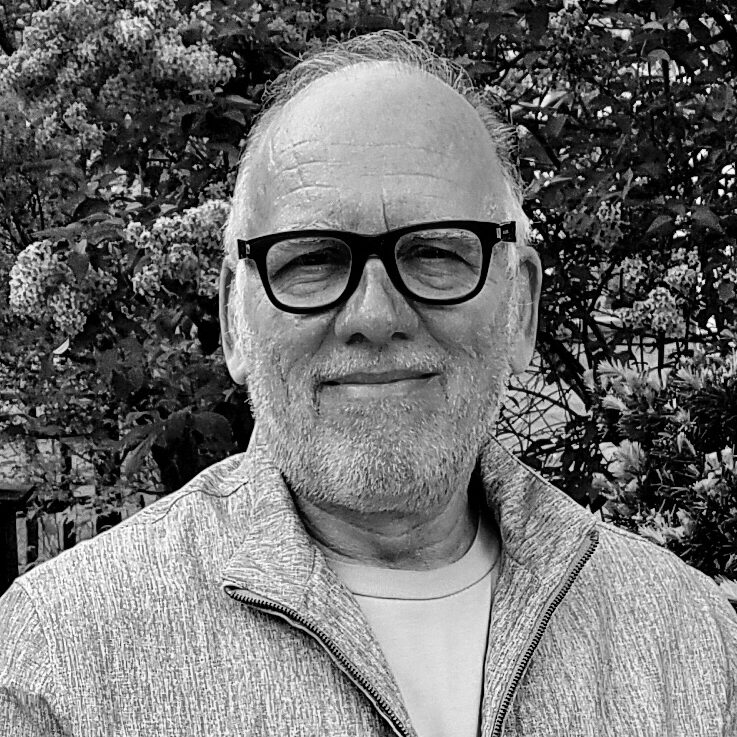Alternate Route Highlights: Neuroscience of Embodied Presence
Before the start of the Embodied Education Institute of Chicago, our founders were professors in dance/movement therapy at Columbia College in Chicago. While that program is no longer available, we drew from our experiences and class structures there to build a curriculum that would support the growth of new dance/movement therapists and adapt to reflect the everchanging world. This week we’re highlighting a unique class in our curriculum and our only fully in-person course this trimester: Neuroscience of Embodied Presence taught by Kris Eric Larsen, LCPC, BC-DMT, GLCMA.
So what’s this class all about?
Why am I the way that I am? What does my childhood have to do with my current state of being? What is the intersubjective realm and why is it so powerful? These are the questions you will ponder in Neuroscience of Embodied Presence [NEP]. As a practice, dance/movement therapy focuses on the mind-body connection to seek healing in movement. We explore the power of body to bring better awareness to our internal selves. Taking that one step further, NEP dives into the function of the brain in relationship with movement when establishing emotional responses and social connections.
While the class began at Columbia College, it has expanded its focus at EEIC from Daniel Siegel’s brain/mind development to include sensorimotor psychotherapy and creative theory. This course is a second level to Human Development: Interpersonal Neurobiology, which focuses on presence as a neurobiological process. There is no prerequisite for NEP, but it helps establish a foundation to start with this course.

PAUSE. It’s sounding pretty science-heavy. Is it the right fit for me?
That is the best part. NEP creates the perfect combination of play and movement with heavy scientific topics. And all the science comes back to us: our bodies, our emotions, our minds. The instructor, Kris Eric Larsen, shares that the topics covered in NEP are exactly what drew him to dance and dance/movement therapy. He always loved to dance, but in his study of biology, he became more and more fascinated with why he loved to dance. And discovering that was like illuminating his inner self. While it may be a science-heavy course, it is also filled with play, laughter, tears, and everything else that makes up who we are.
When dance/movement therapists approach movement with a client, it’s important to be able to acknowledge not only how we are inviting clients to move, but also what aspects of the body and its functions we are inviting to move. Larsen emphasizes the need to “slow down the movie” to not only experience the movement but the movement process as well. Studying neuroscience brings greater awareness to those internal processes at work and how we can collaborate with them.
This class covers a variety of topics in neuroscience including the polyvagal theory and the work of sensorimotor psychotherapy. As an instructor, Larsen hopes to help his students approach dance/movement therapy with a deeper understanding of their own mind and the minds of others. NED emphasizes that we are the masters of our own processes and establishing that fact encourages us to open up to new pathways of discovery, collaboration, and creativity.
Neuroscience of Embodied Presence begins its fall session on September 7th. This is a 10-week, 2 credit hour approved course meeting every Tuesday from 6-9 pm in person.
LEARN MORE ABOUT YOUR INSTRUCTOR

Hi, I’m Kris. I would describe myself as a playful creative empath who thrives on inviting others into discovering their passion. I am neurodivergent (I have Tourettes) so I understand the process of self-acceptance. As a dance therapist, I have spent much time exploring the role of shame in the addictive cycle as well as how dance therapy can be a paradigm for a healthy "coming out" process. As a choreographer, I am interested in the bridge between creativity and identity, creativity and mental health, creativity and neurobiology. My previous dance works have focused upon identity and the search for meaning while confronting stereotypes and the social marginalization of culture.
Reach out to Kris directly at klarsen.eeic@gmail.com.
